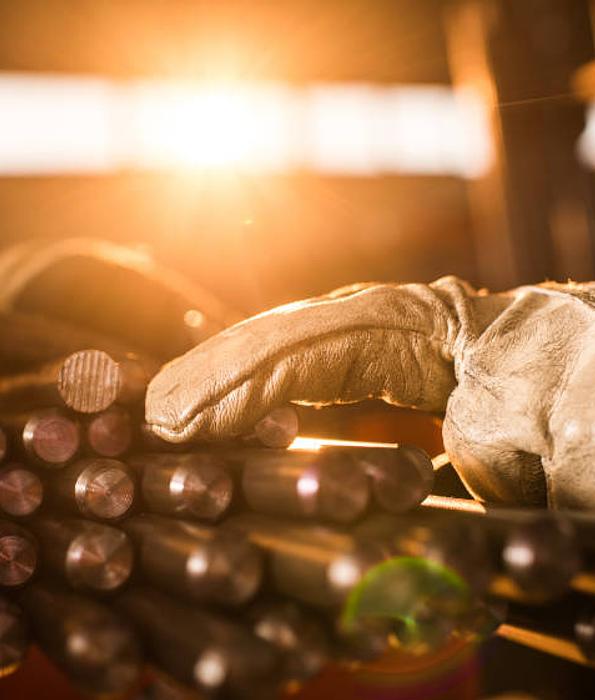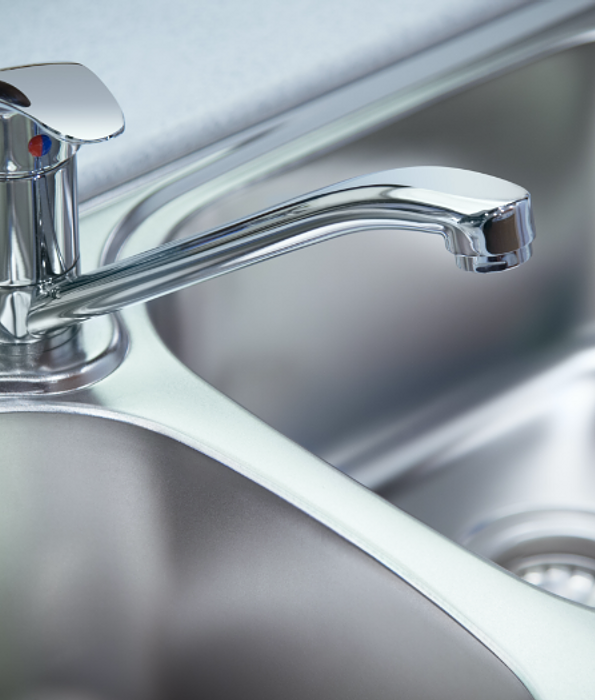What are the differences between 304 grade and 316 marine grade stainless steel?
Both 304 grade stainless steel and 316 marine grade stainless steel offer a durable, versatile choice for a variety of industries. Ranging in use from everyday consumer products to industrial machinery, both feature a cost-effective finish that is resistant to the elements.
The benefits of marine grade stainless steel versus stainless steel come down to application and cost. Stainless steels are categorised using a grading system: 303, 304 or 316. Each comprises a different composition of metals, suitable for uses from cutting to chemical storage.
The key differences between 316 marine grade stainless steel and 304 grade stainless steel come down to corrosion.
Article in brief
304 grade stainless steel and 316 marine grade stainless steel are two popular grades of steel, however the application of each differs. The main differences between these two grades are corrosion protection and the cost.
Stainless steel is a popular material used for a wide variety of consumer products, such as cutlery. It is a durable material which is easy to clean, and is also cost effective for manufacturers to create products with. However, it lacks strong anti-corrosive properties, which means it is not suitable for applications in chemical or chloride conditions (such as seawater).
For these conditions, 316 marine grade stainless steel is better suited. In addition to all the elements that make up stainless steel, marine grade steel contains molybdenum which toughens the metal up against being submersed in water. Marine grade stainless steel is also well suited for applications such as medical equipment.
What is stainless steel and when should it be used?
Stainless steel is a metal alloy. It’s commonly used in everyday consumer products, from cutlery to kitchen appliances, wheel covers, hose clamps and car parts. 304 grade stainless steel comprises iron, nickel, titanium, aluminium, copper, nitrogen, phosphorus, selenium and chromium.
The crucial ingredient here is chromium, which makes up about 10.5 per cent of all steel. When metals such as iron react with water, they oxidise – leading to localised areas of rust known as ‘pitting’.
How chromium works
Thanks to the chromium content in stainless steel, this rusting process slows down. Just like iron, chromium reacts with oxygen when exposed to water. However, there is far less oxidisation than with iron alone, and the reactive process produces a thin protective layer on top of the steel.
This serves as a barrier against further oxidisation and corrosion, making it ideal for everyday uses such as running cutlery through the dishwasher.
Why stainless steel is so popular
With its durable properties, stainless steel is the material of choice for everyday applications. It’s also cheap to fabricate and easy to clean.
Where it is lacking is in the strength of its anti-corrosive properties. While it can handle non-severe environments, it’s not the best choice for chlorides (such as saltwater) or chemical conditions. This is where marine grade steel comes in.
What is 316 marine grade stainless steel and when should it be used?
316 marine grade stainless steel has all the benefits of stainless steel, with one extra. In addition to all the elements that make up stainless steel, marine grade steel contains molybdenum.
This can be found in some stainless steels but in far lower concentrations. In marine grade steel, it makes up around 2 to 3 per cent.
How molybdenum works
Molybdenum is a hard metallic element used to toughen marine grade steel and make it more resistant to submersion in water. It’s also better at tackling chlorides, bromides, iodides and fatty acids.
In simple terms, this means it’s perfect for use in saltwater, but it’s also ideal for chemical applications.
It can handle high temperatures and offers a more sterile alternative to stainless steel. The molybdenum content makes it less reactive, which means there is less chance of excessive metallic contamination. This is why 316 marine grade stainless steel is such a popular choice in surgical instruments and pharmaceutical products.
What are the key differences between 304 grade stainless steel and 316 marine grade stainless steel?
There are two key differences between 304 grade stainless steel and 316 marine grade stainless steel: corrosion protection and cost. Naturally, this impacts their applications and cost-effectiveness.
For higher-cost applications, such as medical equipment and chemical processing, marine grade steel is worth the extra investment. It will provide long-term protection against the elements and keep users safe.
Meanwhile, mass-produced items or products that don’t need exposure to harsh environments may benefit from 304 grade stainless steel. It is cheaper to produce and easy to use in everyday scenarios.
How you can make both last longer
Of course, both 304 grade stainless steel and 316 marine grade stainless steel will last longer if they’re properly maintained. Regular cleaning, lower concentrations of salt and lower exposure time or temperature will ensure they last.
At The Metal Store, you’ll find a range of online stainless steel products, including 316 for super corrosion, 304 for everyday use, and 303 for machining.
We also offer free unlimited cutting on all stainless steel products, using a band saw, bundle saw or CNC machine for optimum precision.
Need some extra assistance with your order? Get in touch today and our expert team will be on hand to offer all the help and guidance you may need. Call us 01274 875 479 or e-mail on sales@themetalstore.co.uk


